ARC Solutions Presents Former WTI Director with a Lifetime Road Ecology Leadership Award
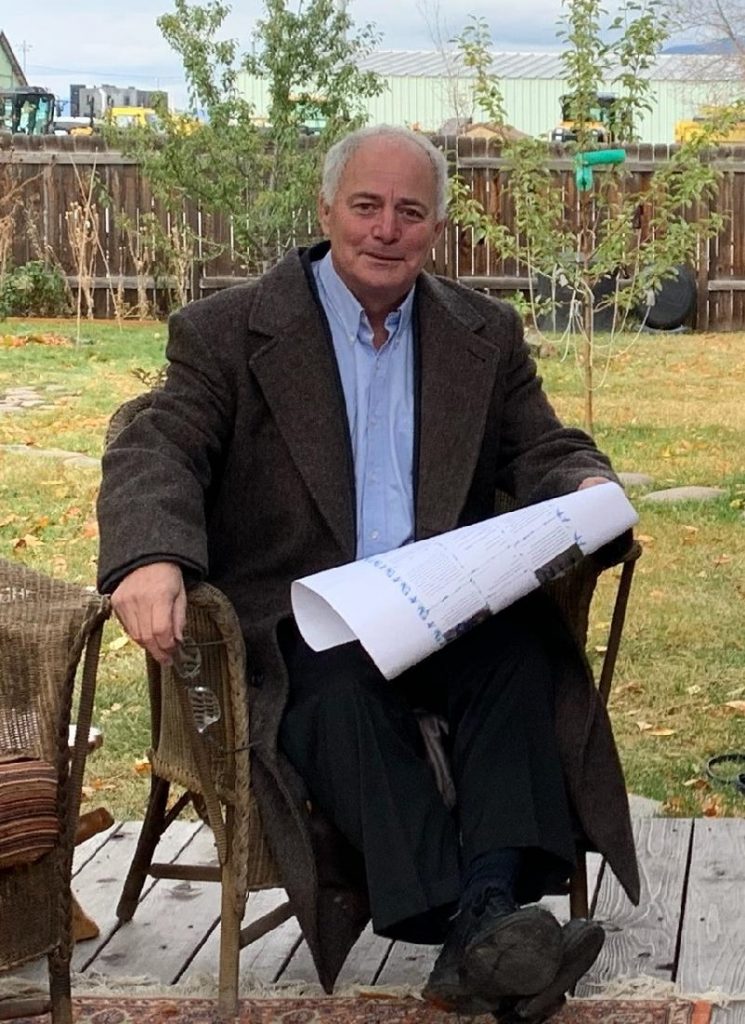
On October 20, ARC Solutions presented former WTI Director Steve Albert with a Lifetime Road Ecology Leadership Award in recognition of his enduring legacy in making our nation’s roads safer for both people and wildlife.A not-for-profit network working to promote leading-edge solutions to improve human safety, wildlife mobility and landscape connectivity, ARC celebrated Steve’s leadership, […]
Vermont Travel Study Featured in TRB Newsletter

The National Academy of Sciences Transportation Research Board (TRB) is raising awareness of a new WTI study on travel behavior, by highlighting it in its weekly newsletter. Researchers Andrea Hamre and Jonathan Fisher recently completed “Travel Behavior and Transportation Planning Insights from the Small Urban Area of Chittenden County, Vermont: An Application of Traveler Segmentation,” […]
In the News: NBC Montana Highlights Traffic Calming Project in Ennis
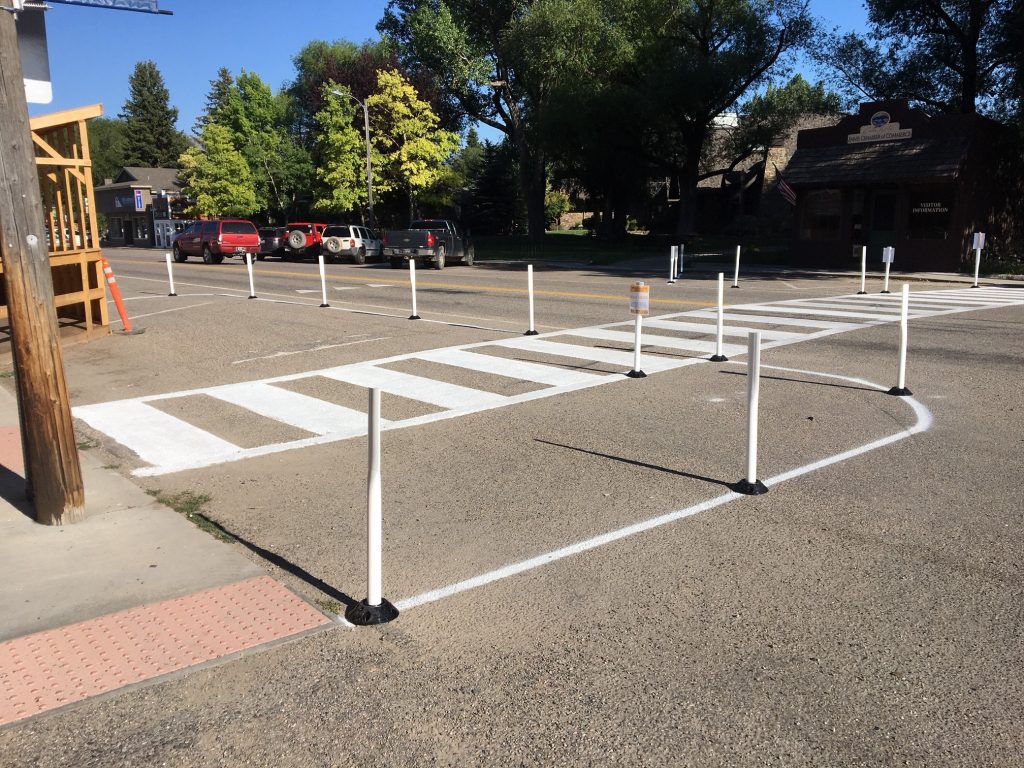
In the small town of Ennis, Montana, local officials and residents are concerned for the safety of pedestrians and motorists on Main Street (US 287), which is experiencing issues with increased traffic and speeding. WTI, in partnership with the Montana Department of Transportation (MDT) and the Town of Ennis, recently completed the testing phase of […]
New Facility Ready for Fish Passage Studies
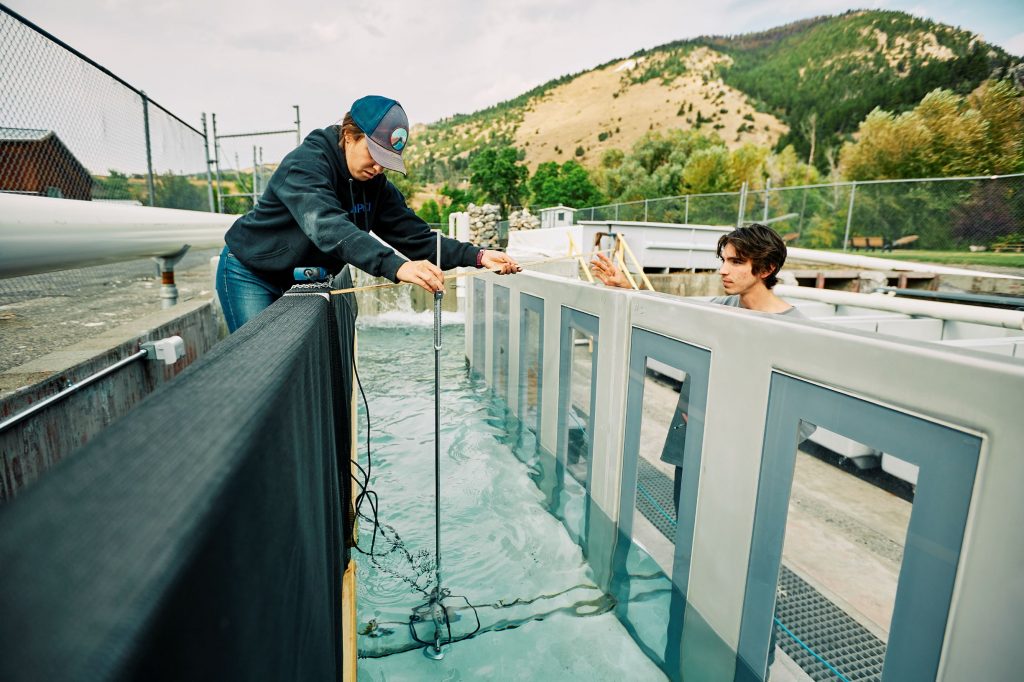
Researchers in Montana have a new tool for designing fish passage structures that meet the needs of both fish and agricultural producers. A feature article by the MSU News Service highlights a recently completed artificial waterway at the U.S. Fish and Wildlife Service’s Fish Technology Center on the outskirts of Bozeman, which researchers can use […]
In the News: 60 Minutes Highlights Grizzly Bear Research in Montana
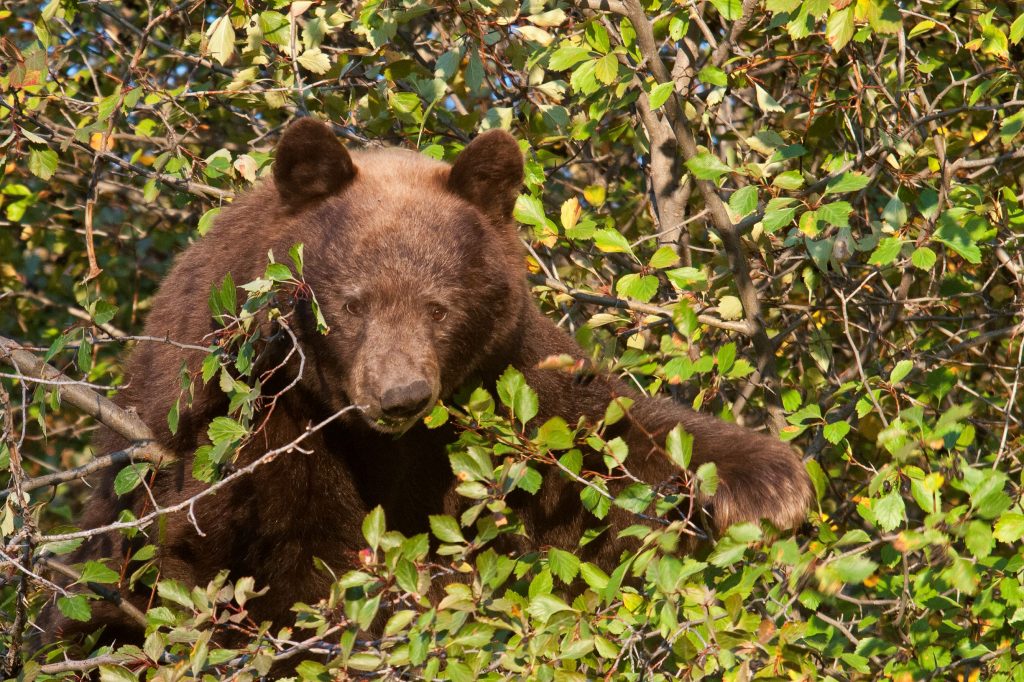
On October 11, the CBS News Show 60 Minutes aired an in-depth feature story on grizzly bears in Montana and the impacts of the growing populations of both bears and humans in the state. In one segment, Bryce Andrews, Director of the non-profit organization People and Carnivores, discusses efforts by his organization to minimize human-bear […]
On the Air: Podcast Digs into Snow and Ice Topics
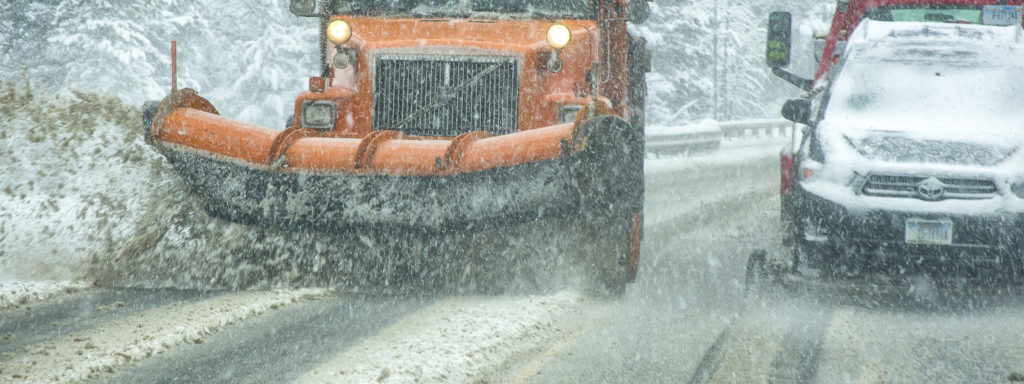
Winter is coming – Did you know that the Snow and Ice Pooled Fund Cooperative Program (SICOP) offers a podcast “devoted to all things winter maintenance”? Don’t miss Episode 41: “The latest word on alternate methods for deicing.” WTI Program Manager Laura Fay talks about the key findings from the recent Clear Roads project on […]
MSU News Highlights Upcoming Webinar on Workforce Development
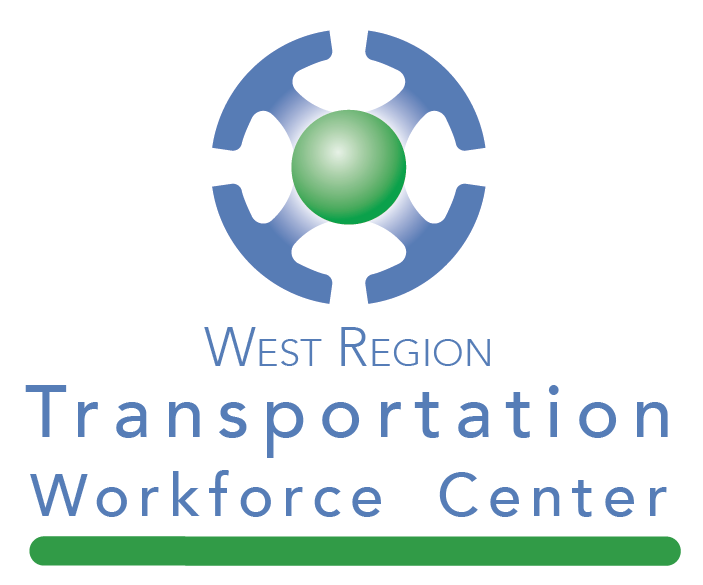
The West Region Transportation Workforce Center (WRTWC), which is based at WTI, will host a webinar on October 7 (11 am Mountain Time), which will focus on “Engaging Multidisciplinary Student Talent to Meet Agency Needs.” Four speakers from MSU and the City of Bozeman will highlight the Community-engaged and Transformational Scholarship Initiative (CATS), a successful […]
Transportation Research Board Highlights WTI’s Severe Weather Index Project
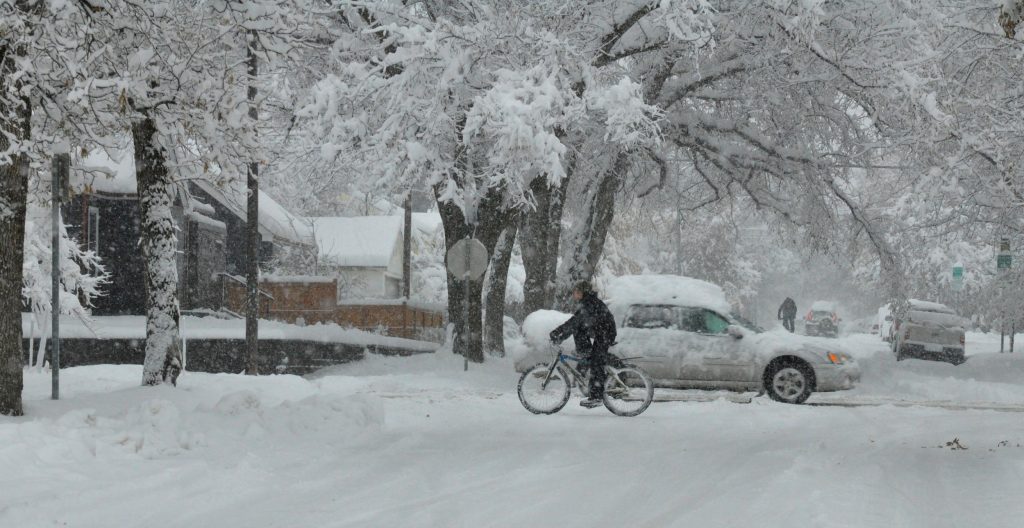
WTI has completed a project to create a severe weather index for the Maryland Department of Transportation, and the final report was featured in a recent issue of the National Academy of Sciences Transportation Research Board’s newsletter. A severe weather index (SWI) is a management tool that can be used to assess the performance and […]
Distinctly Montana Explores the Future of Transportation with Ahmed Al-Kaisy

In its Fall 2020 issue, Distinctly Montana continued its series of articles on “Montana in 30 Years.” To explore the topic of transportation, the magazine interviewed MSU Engineering Professor and WTI Safety and Operations Researcher Ahmed Al-Kaisy. Dr. Al-Kaisy discusses a wide range of transportation issues, ranging from current challenges such as highway funding and […]
MSU Homecoming — WTI Enters Two “Floats” in Virtual Parade
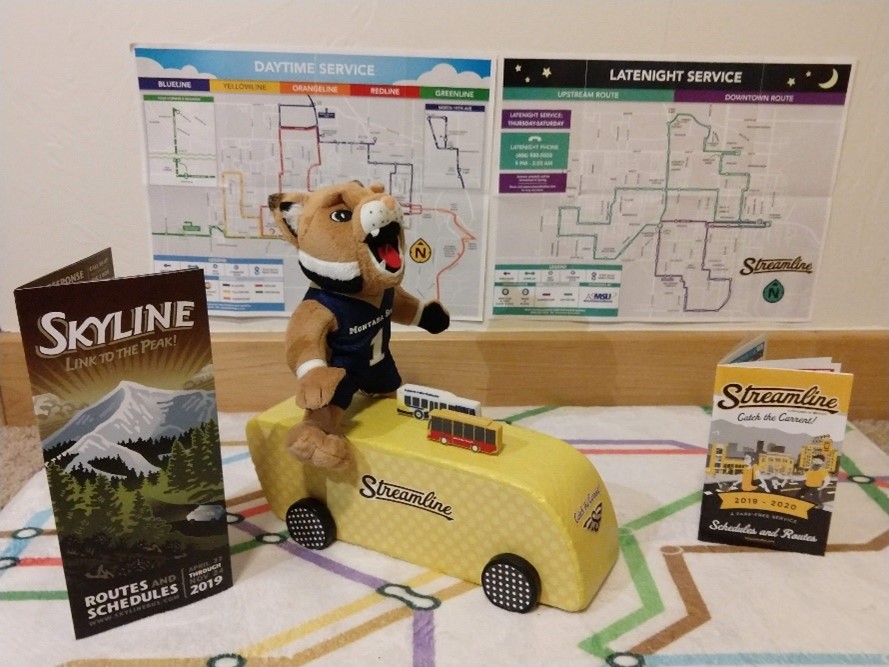
Here at Montana State University, the university just finished celebrating Homecoming Week. Actually – due to current health precautions – it was “Stay HOME-coming” Week. Nonetheless, the MSU Alumni Foundation showcased a full schedule of daily, virtual activities. One of the highlights was the video of the Homecoming Shoebox Parade, featuring creative miniature floats. Watch […]
